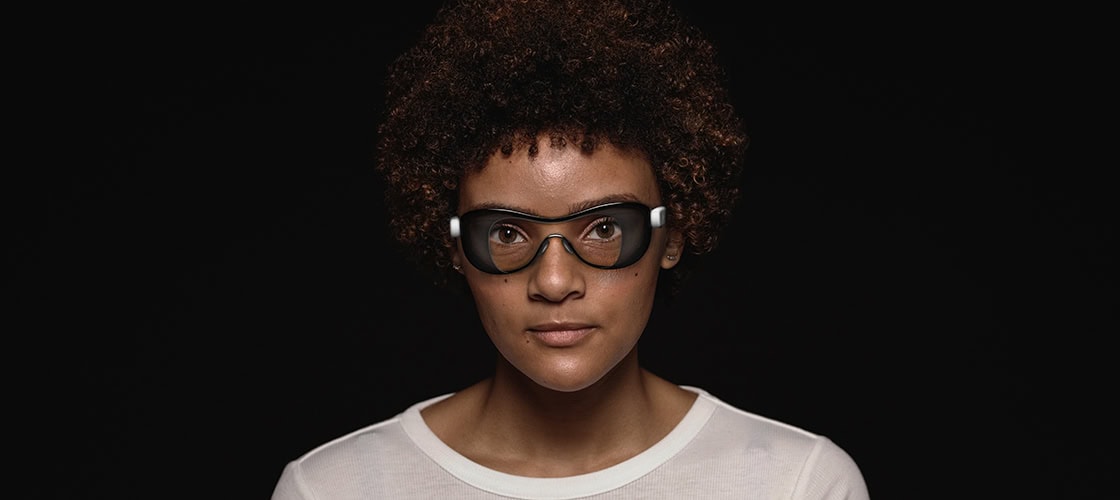
For many entrepreneurs, the journey starts with a problem they know intimately. For industrial designer Joel Olympio, the spark came from his own experience with ADHD and the challenge of working in environments that weren’t designed for neurodiverse individuals. He channelled this into a unique solution, which has led to an award-winning product and a burgeoning startup.
An interview with New Frontiers alumnus and Chapter co-founder Joel Olympio
How did your journey towards founding your startup, Chapter, begin?
It started with my undergraduate thesis at the University of Limerick. I was really interested in how different environments affect adults with ADHD, mainly because of my own experiences with it. I wanted to explore solutions that allowed people to adapt their environments to their needs, rather than stuggling to adapt themselves to environments that weren’t designed for them.
One of the biggest challenges I kept coming across was how poorly suited learning and work environments are for neurodiverse adults. A lot of spaces are not designed with ADHD in mind, and it can make focusing extremely difficult. It wasn’t just about finding quiet spaces or reducing distractions; it was about creating something that would allow people to work in any space without excluding themselves.
So, after you identified this challenge, what solution did you come up with?
I developed a pair of glasses – Oasis – that help create a sense of a closed space, enhancing attention by dimming peripheral vision. This is especially helpful for people who are sensitive to peripheral distractions. The glasses use technology that allows you to adjust the level of dimming or turn it off entirely, depending on what’s needed at the time.
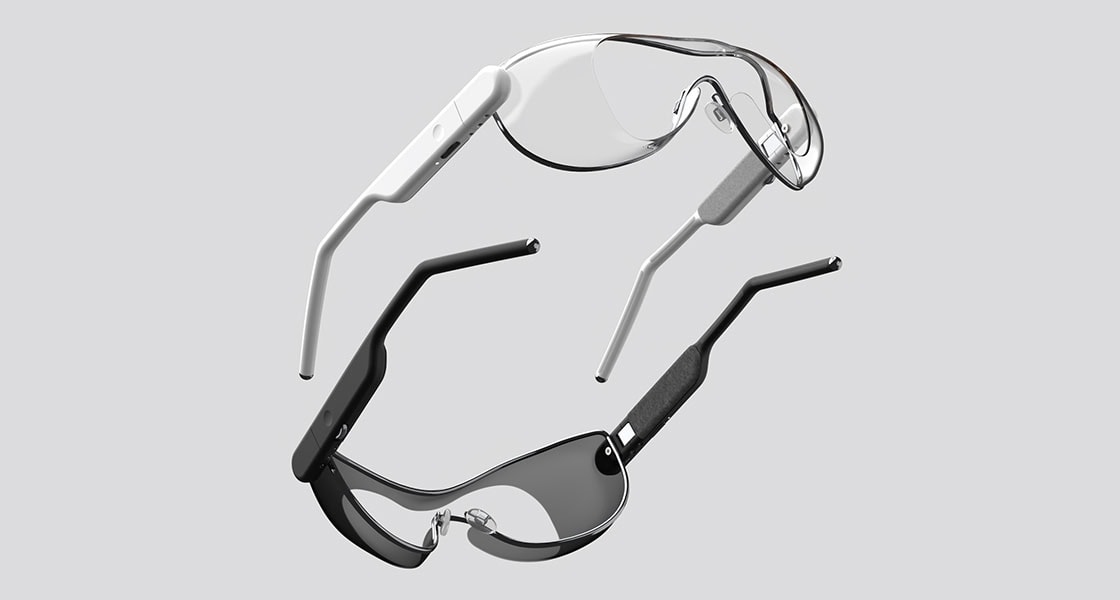
Oasis Glasses with adjustable peripheral dimming
The design won a James Dyson Award, which was a huge motivation to turn it into a business. I teamed up with two friends, and we launched Chapter. At the time, I was working at Dolmen Design & Innovation in Dublin, but I didn’t want to split my focus between that and the startup, so I applied for Phase 2 of the New Frontiers programme.
What was your experience of New Frontiers like?
The New Frontiers programme has been great. It allowed me to go full-time into the startup and really explore what I was doing. It also introduced me to the startup ecosystem in Ireland. I finished Phase 2 in June and was accepted onto Phase 3, so I’ve been in ‘funding mode’ ever since.
What’s your funding goal at this stage?
We’re aiming to raise €750k in pre-seed funding. This would allow us to get the product into production, with sales through our ecommerce platform. We’re looking for funding in Ireland, the UK, and the US – reaching out to angel investors and venture capitalists who are aligned with our mission. We’re also connected with key players in the Irish ecosystem, such as Enterprise Ireland.
We’re looking for investors with the expertise and passion to help us execute our strategy. It’s important to talk to investors who understand the challenges we face as a hardware company – people who understand the model and know what metrics and indicatiors to look for when evaluating the business.
What kind of challenges have you faced when raising funding?
As I already touched on, one of the main challenges is that we’re developing a physical product. Like they say, “Hardware is hard.” It’s also harder to show traction when you’re still in the product development phase. One investor from the US asked, “How scrappy can you get?” That really stuck with me.
I realised that we had to be creative in demonstrating product-market fit and showing demand for our product. Unlike software startups, we can’t just get early adopters using it and model our potential on that. We decided to 3D print early versions of the product and sell them online as well as sending them to people to get feedback. This gave us something tangible to show investors, proving that we had customers willing to buy the product.
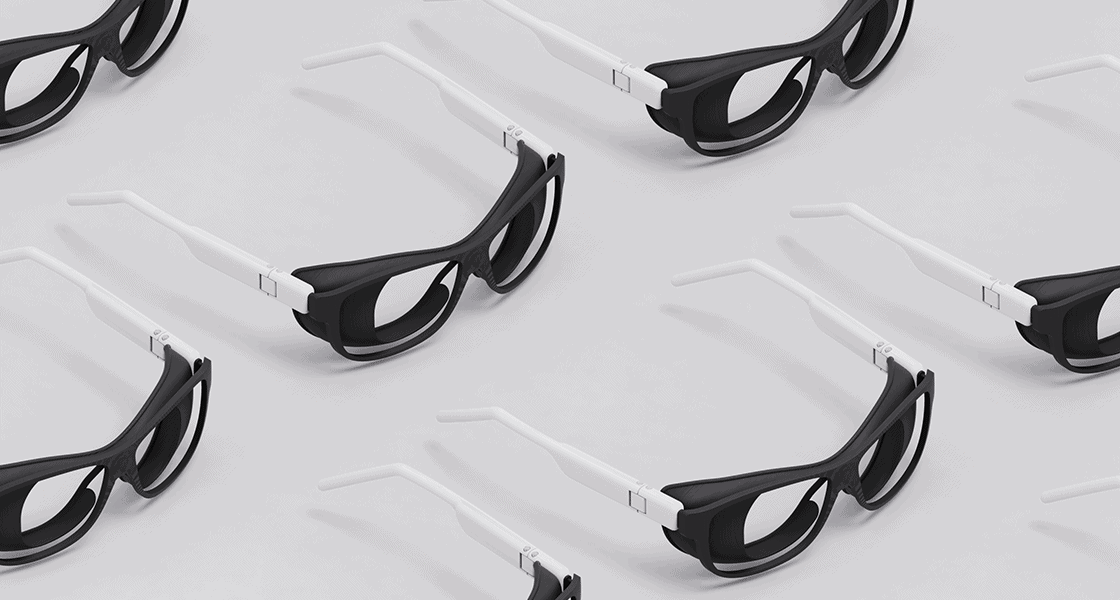
Oasis Explorer 3D Printed Demo Prototypes
How have you found pitching to potential investors?
Pitching has been quite difficult, especially at first. My mind can be quite scattered, and when you’re up against tight deadlines, it’s hard to deliver a refined pitch. I relied on scripts at the start because it helped me get the message across clearly. Some people advised me to be more spontaneous and just go through the deck naturally, but that didn’t feel comfortable for me.
Over time, I’ve become more comfortable with the material, so I don’t need to rely on the script as much. One thing I’ve learned is that framing the pitch for each investor is really important. Every investor has their own perspective, and you need to think about what they’re looking for and how best to communicate your message to them.
What advice would you give to fellow entrepreneurs preparing to pitch?
We try not to be afraid of rejection. Pitching is a constant process, and the pitch deck itself is always evolving. We reach out to investors regularly, not just for investment but for advice and feedback. This helps us refine our pitch, and we keep potential investors updated on our progress every few months.
Practice, a lot! There’s no secret method or hack to pitching well. Getting confident and competent in your pitch just comes with time and experience. The more you pitch, the more you develop your personal style, and you learn how to keep people engaged. It’s a process, but it’s essential to gaining the trust of investors.
Find out more about Chapter and Oasis glasses at chapter.technology.
About the author
 Scarlet Bierman
Scarlet Bierman
Scarlet Bierman is a content consultant, commissioned by Enterprise Ireland to fulfil the role of Editor of the New Frontiers website. She is an expert in designing and executing ethical marketing strategies and passionate about helping businesses to develop a quality online presence.
Recent articles
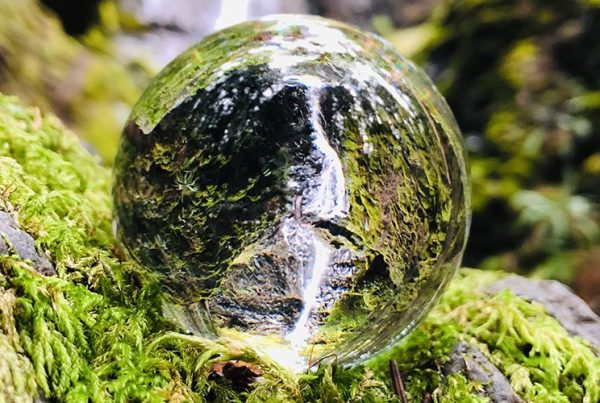
Founder Perspectives: Lessons From Building Businesses In Sustainability

Tech Startups In The Age Of AI: Alumnus Paul Savage On Speed, Quality & Risk
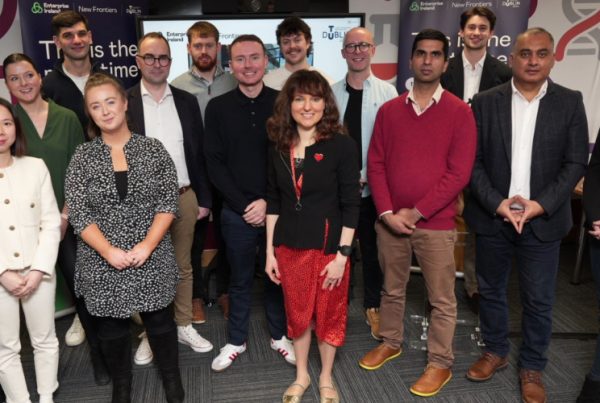
Fourteen Startup Founders Graduate From Phase 2 Of New Frontiers In Tallaght
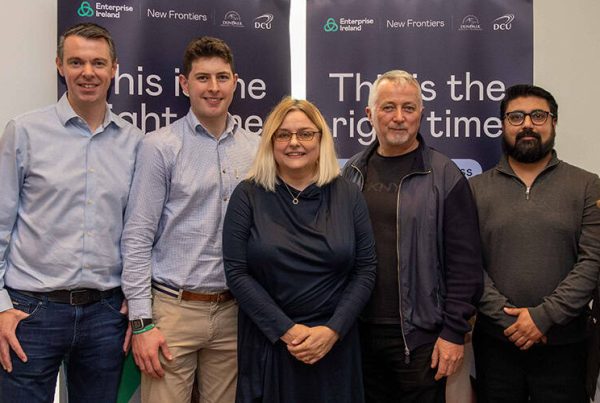
Eleven Founders Graduate From New Frontiers In The Border Mid-East Region

Laying The Right Groundwork Helps Startups Prepare For Export Success
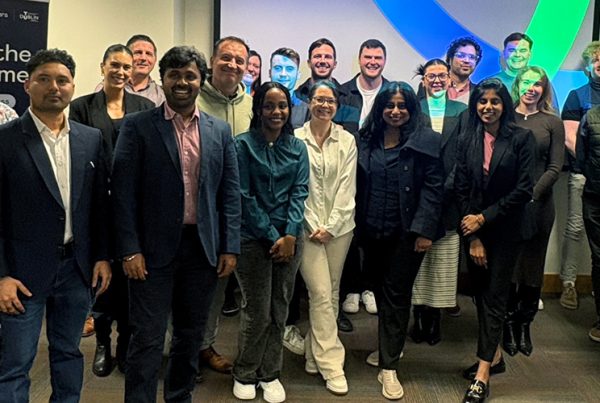
Startup In Dublin: Learn More About New Frontiers On TU Dublin’s Grangegorman Campus
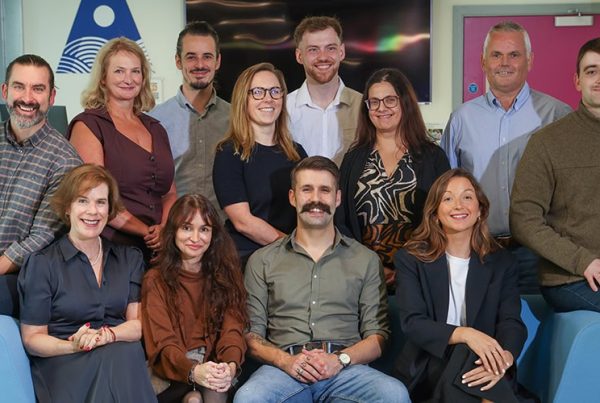
Michael Furey On The Success Of Ronspot: “The Most Important Thing Is Research”
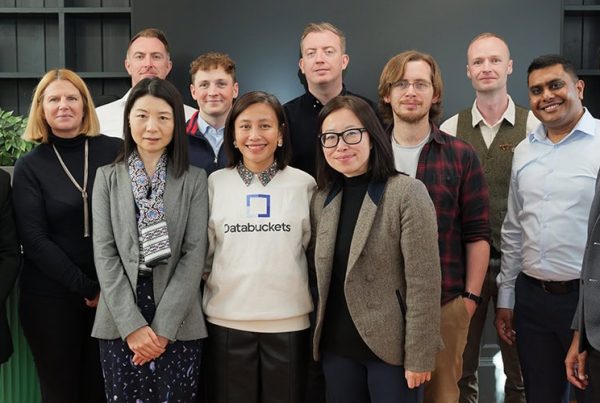
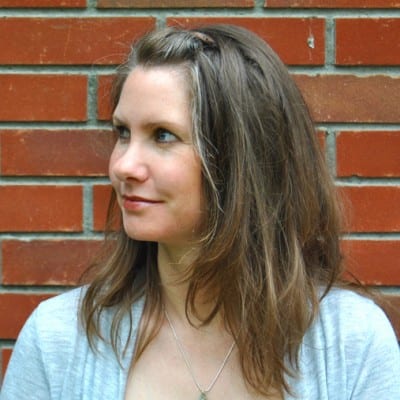 Scarlet Bierman
Scarlet Bierman
